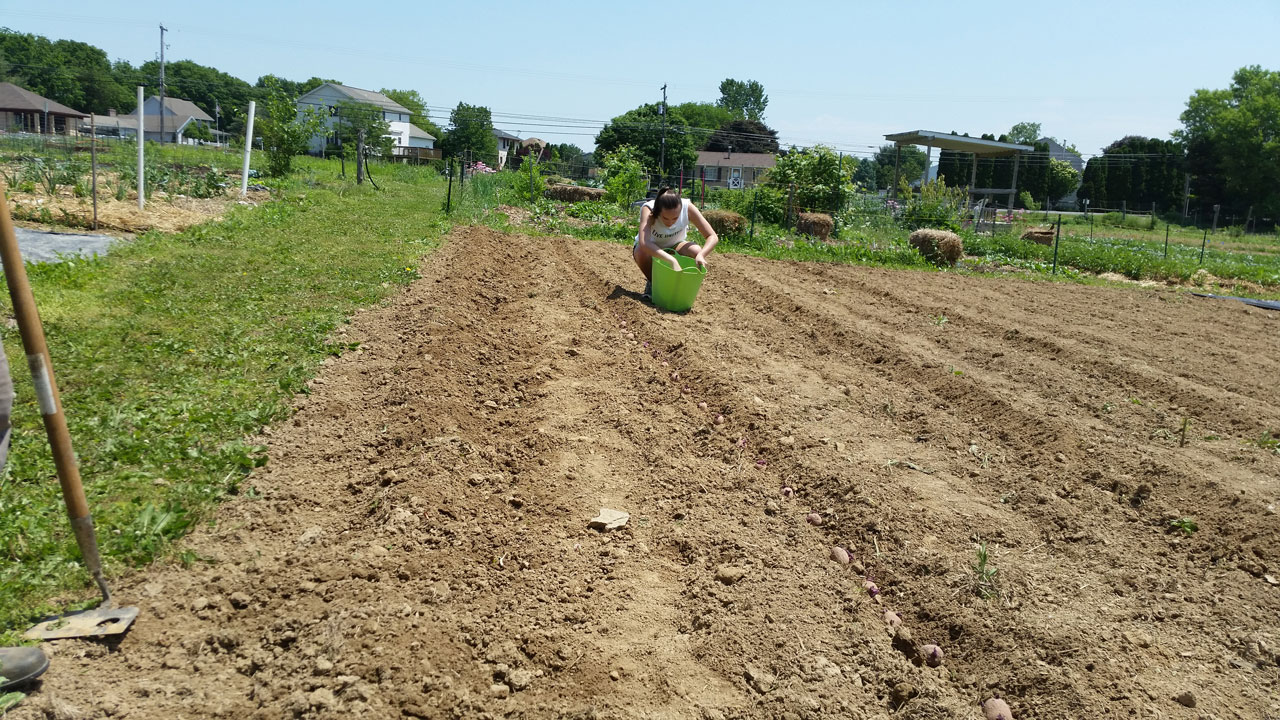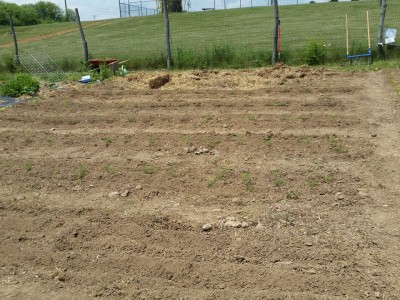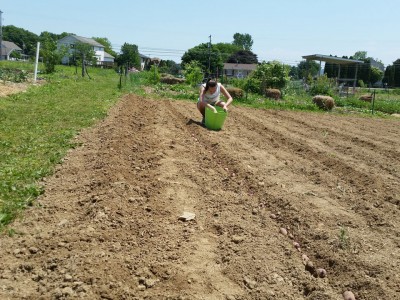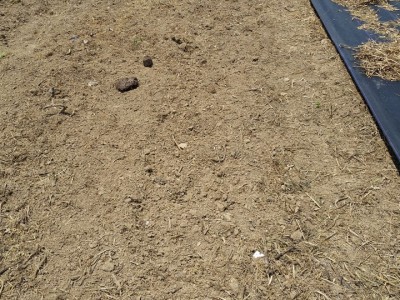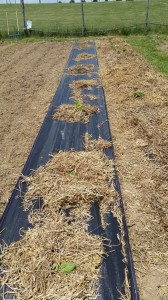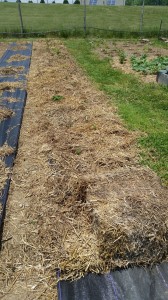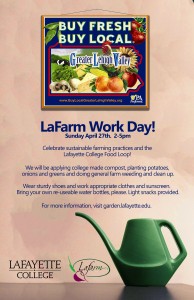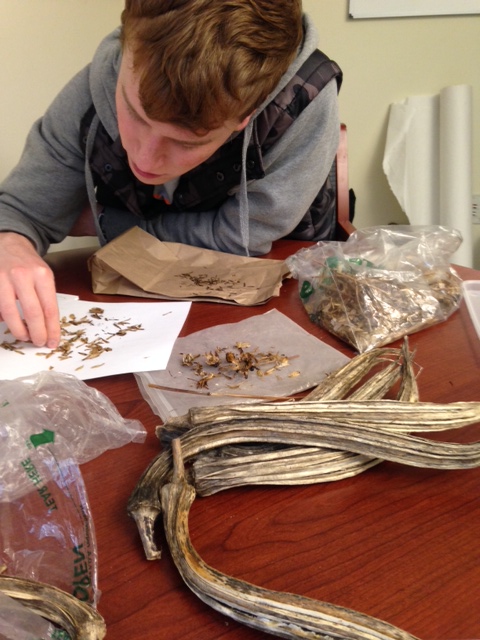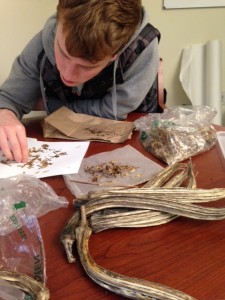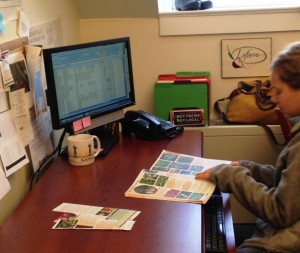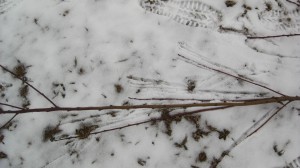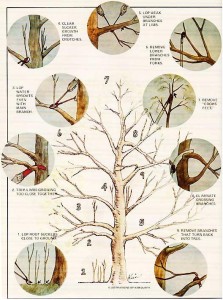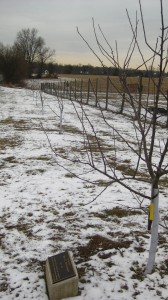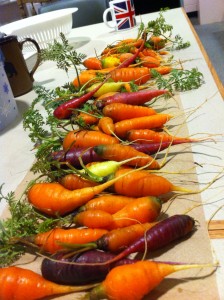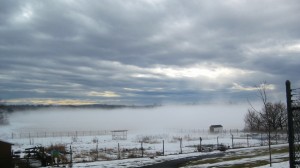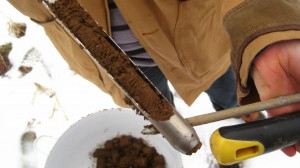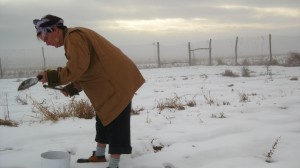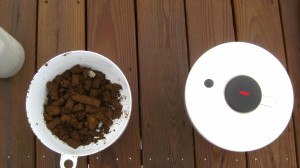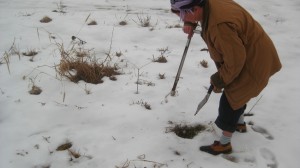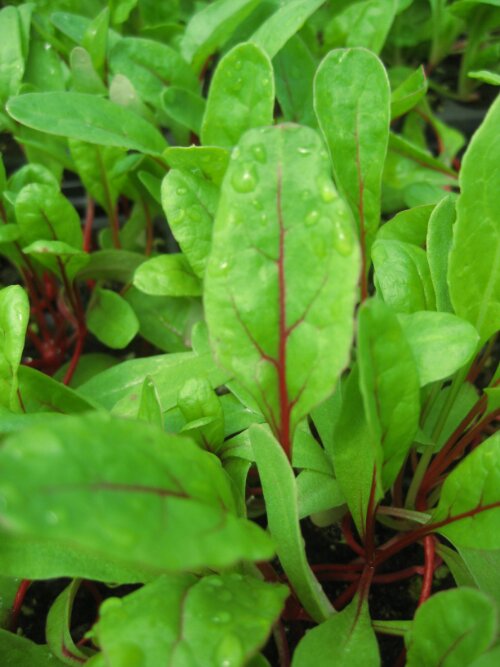June 4th, 2014
After a hiatus for my second academic year at Lafayette, I’m finally working out at LaFarm again, and this year I’ll be out here a lot more, doing a lot more.
In only 2 days I jumped right back into work weeding, laying cover crop, planting and transplanting potatoes and asparagus, and watering our strawberries, rhubarb, horseradish, and pleurisy root. I also got to meet three of my co-workers for this summer: Jenn, a recent graduate and aspiring farmer; Kelly, a fellow rising junior; and Serim, a rising sophomore.
In just these two days, we have already done so much.
- We planted a large space with asparagus. In the back, you can see some older asparagus we needed to transplant from one row to the other.
- We planted more potatoes! Featured planter: Kelly Carpency
- We covered some empty plots with Crimson Clover and Sunflower Seeds. It doesn’t look like much now but in just a few weeks this whole plot will be green with helpful legumes and flowers!
And we cleaned up our new beds of rhubarb and strawberries.
Much of these patches just look like indiscriminate dirt with maybe some straw right now, but it won’t be too long until these plants are recognizable and even producing food. That’s the magic of agriculture, with a little help from humans, nature does the hard part (actually growing into food.)
I wasn’t able to post anything here until this week (the week of June 20th) so I’ll be posting everything up until this week right away, but from then on expect weekly updates!
-Joe Ingrao, Excel Scholar 2014
